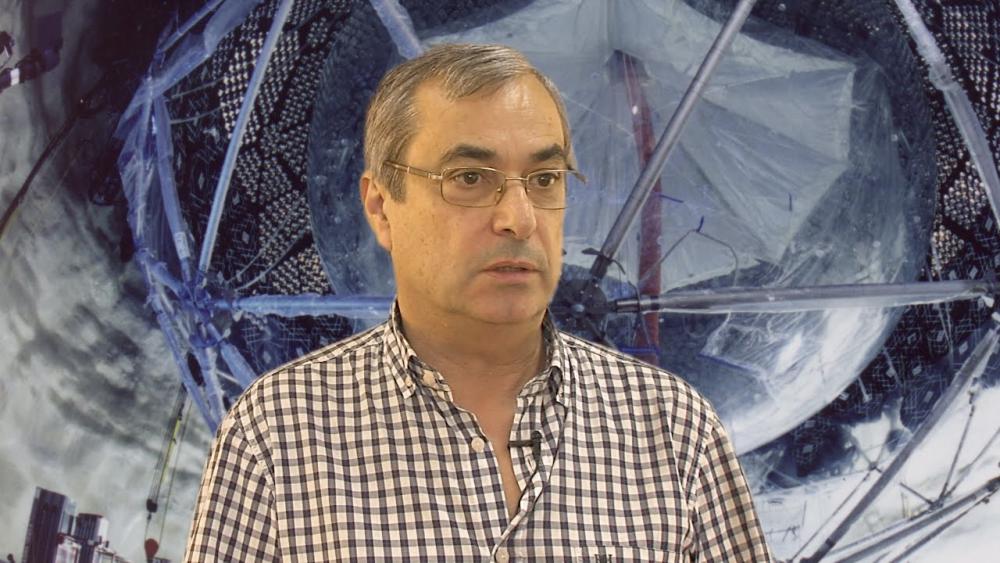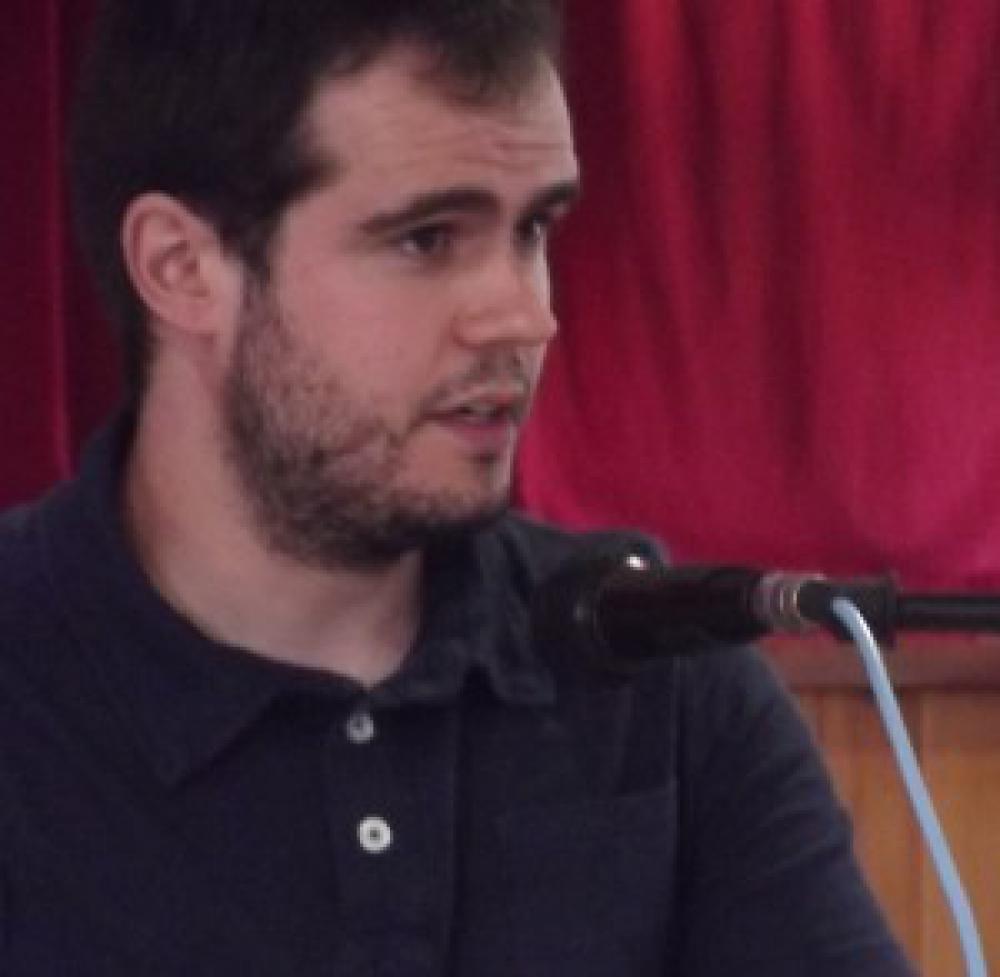Baikal School 2016
Carlos Herdeiro was one of the invited lecturers of the 16th International Baikal Summer School on HEP and Astrophysics, in Siberia, Russia.
Carlos Herdeiro was one of the invited lecturers of the 16th International Baikal Summer School on HEP and Astrophysics, in Siberia, Russia.
Gr@v third year student Ana Carvalho has been granted a place in the prestigious GraSPA international summer school 2016 edition in Annecy-le-Vieux, France. Ana will be learning more on Particle Physics and Astroparticle Physics while touching on the latest results and challenges in these fields in a research atmosphere. Well done Ana!

The kick off meeting of the RISE network StronGrHEP, took place on May 12th-13th 2016, in the Institut d'Astrophysique de Paris. Photo: the coordinates of the five European nodes, C. Herdeiro, E. Barausse, U. Sperhake, V. Cardoso and L. Gualtieri by the statue of the great Urbain Le Verrier.

Gr@v's Ph.D. student Mengjie Wang successfully defended his doctoral thesis with title "Quantum and classical aspects of scalar and vector fields around black holes", on February 29th 2016. Mengjie integrated the MAP-Fis Ph.D. programme and was supported by a grant from the IDPASC doctoral programme. Congratulations Mengjie!

Abstract: The DGLAP evolution scheme offers a description of the reality which might be inaccurate at very small-x. One way to look for alternative evolution schemes, which might be able to describe that region, is looking simultaneously in the forward and central activity in the detector.